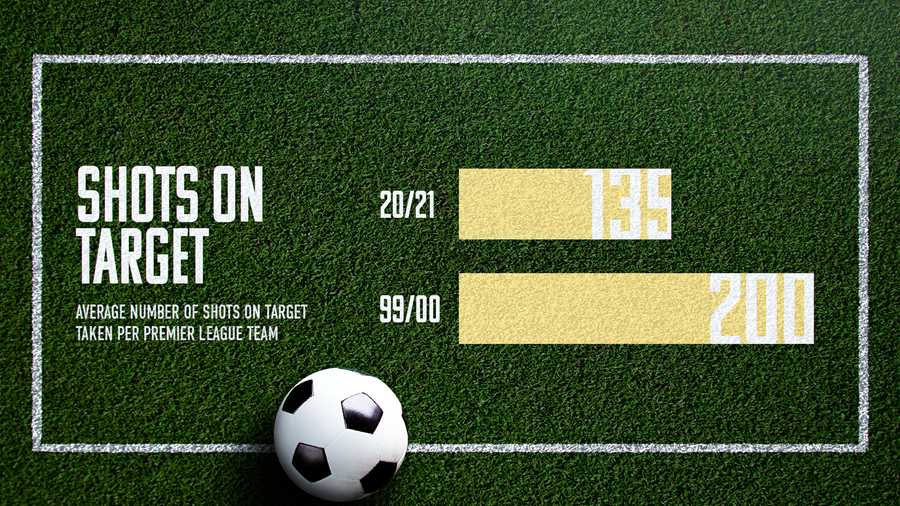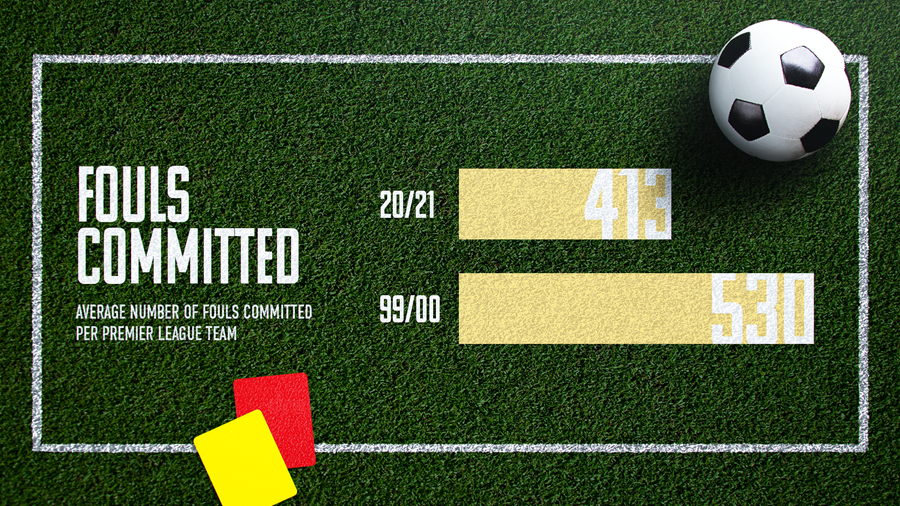4 Premier League title winners on the lost art of defending

We spoke to Nigel Winterburn, Gary Pallister, Mikael Silvestre and Lauren on how the job of defenders has changed since they were professionals.
“If you switch off, you’re done,” says Mikael Silvestre. “You can’t rest like strikers or midfielders can.”
Silvestre is discussing what it takes to be a defender at the highest level. He knows what he is talking about, having won the Premier League with Manchester United four times between 2000 and 2007.
But with those at the back now expected to build attacks and maintain a high line in order to help their team press, it has been argued that the traditional skills of defending – sticking your head where it hurts, putting your body on the line – have been lost along the way.
“When I played, you had to be an outstanding defender or you wouldn’t get into one of the top four teams,” says former Arsenal left back Nigel Winterburn, who won three league titles at the club between 1987 and 2000.
“Now you don’t have to be as good defensively, but if you don’t have that quality on the ball then you probably wouldn’t get into a top team.”
The impact of a shift that requires defenders to have more technical ability is reflected in the Premier League’s recent pass completion statistics.
There has been at least one defender rank among the top three players for the highest pass completion rate in the last five seasons. In 2020/21, John Stones Ruben Dias and Thiago Silva made up the top three.
Unsurprisingly, given their style of play, Manchester City - who are to retain the Premier League title in Betway's latest football betting markets - have a defender present in all but one of the previous five.

In Winterburn’s time, though, the risks associated with playing out from the back were too high.
The 57-year-old spent eight years under George Graham, a manager who was renowned for demanding defensive discipline.
“The way that teams are playing out from the back, modern defenders and full-backs have got be very comfortable on the ball because they're often in advanced areas,” he says.
“But we were always judged by what we did defensively under George.
“Down my side I could go and play, but you knew that Lee [Dixon] would have to tuck round alongside the other two centre halves and vice versa if Lee went.
“Yes, we did play it out from the back at times when Arsene Wenger took over, but as soon as the goalkeeper got the ball, it’s up to the halfway line and you’d play from the knockdowns.
“I think the whole ethos of the game, particularly how quick it is, has changed.
“When I first started, the game was a lot slower. You think about the conditions, very rarely would you get a green pitch after Christmas.”

The quality of the pitches has certainly made a huge difference to defenders’ ability to play out from defence.
Gary Pallister, another four-time title winner at United – between the years 1992 and 1997 – was comfortable in possession, but felt that he was hampered by poor playing conditions.
“A lot of the issues were to do with the pitches,” says Pallister.
“If you look at the pitches I played on in the early part of my career, they looked like rugby pitches. Nowadays they’re like bowling greens and you can take more risks if you trust the pitch.”
With the quality of pitches the best they have ever been nowadays, it’s understandable that modern-day training requires the ball to be on the floor much more.
But it hasn’t always been that way, with off-the-ball work and pragmatism previously prioritised on the training ground.
“I think if we were to go out and walk through some of the training sessions that George put on for our back four with a modern player, they might look at you in disbelief,” says Winterburn.
“We used to go out a couple of times a week and it would just be the back four with the manager on the training pitch. There wouldn’t even be a goalkeeper and we wouldn’t have the ball on the floor.
“He would be jogging through positions that we would have to react to, imagining there was a piece of rope in between each player so the lines always stayed the same and you move in sync.”
“There was a lot more discipline involved compared to now.”
The rough nature of the challenges that defenders come up against has also changed.

There was no such thing as a ‘false nine’ in the 90s, while it was commonplace for teams to line up with two strikers rather than one.
Ultimately, that would mean defenders were in for a tough physical examination every time they stepped on the pitch.
“In the early part of my career you'd get a lot of centre forwards who were pretty robust,” says Pallister.
“You think about some of them – Mick Harford and John Fashanu, for example. It was the job of these guys to mess with the centre half and intimidate them.
“Physically, you'd have to be up to that kind of challenge, and it was something that I found hard when I first started in football because I was very slight.
“You got pushed around by some of these bigger guys and it's something that I had to try and learn to deal with. That included weights and a maybe a few glasses of Guinness to try and beef myself up.”
But modern-day footballers would be unable to get away with that today. The game has changed and with it, so has defending.
It wasn’t an immediate shift though. Former Arsenal right-back Lauren, who was originally signed as a midfielder in 2000, is well aware of this.
“I had to change my position and I had a few problems defending in the beginning, especially when the ball was on the other side I was caught ball-watching a lot,” he says.
“But now, they are asking defenders for more things. We have to re-adapt ourselves to the new era.”

Silvestre, a player with huge recovery pace that would suit a team wanting to defend on the halfway line, believes “it wouldn’t be a problem for me to play now”, but also says that it’s harder for defenders to flourish nowadays.
“The game is not in their favour,” he says. “Some people would go as far as saying the art of defending is gone.”
For Lauren, though, that is not the case.
“Not everything from today’s game is fantastic,” he says. “But to be the best now, you have to combine the best of the most traditional skills and the best of the modern-day skills.
“Evolution is good.”




































